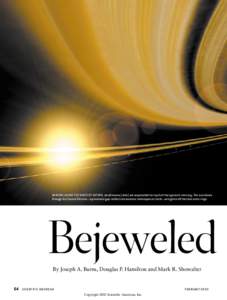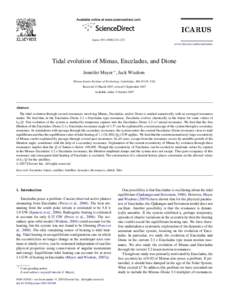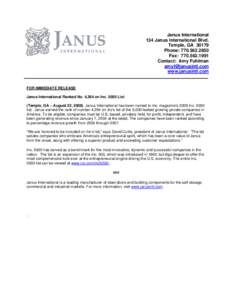<--- Back to Details
| First Page | Document Content | |
|---|---|---|
 Date: 2013-09-18 14:21:28Moons of Saturn Solar System Moons of Jupiter Oxidizing agents Oxygen Ganymede Dione Iapetus Saturn Planemos Planetary science Astronomy |
Add to Reading List |
 | DANCING ALONG THE RINGS OF SATURN, small moons (dots) are responsible for much of the system’s intricacy. The sun shines through the Cassini Division— a prominent gap visible from amateur telescopes on Earth—and glDocID: 1mSRx - View Document |
 | doi:j.icarusDocID: 1aQeY - View Document |
 | Microsoft Word - Entrepreneur.docDocID: 1ad6k - View Document |
 | Microsoft Word - MASS New Generation.docDocID: 1a8bk - View Document |
 | Microsoft Word - Inc 5000 list.docDocID: 19IGL - View Document |
 letters to nature Table 1 HST observations of Saturn’s satellites Detection of ozone on Saturn’s satellites Rhea and Dione K. S. Noll*, T. L. Roush†‡, D. P. Cruikshank†,
letters to nature Table 1 HST observations of Saturn’s satellites Detection of ozone on Saturn’s satellites Rhea and Dione K. S. Noll*, T. L. Roush†‡, D. P. Cruikshank†,